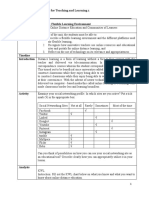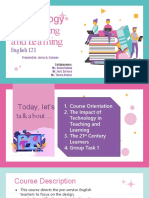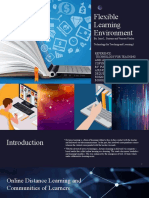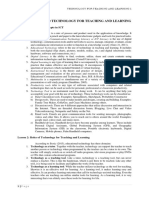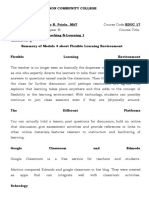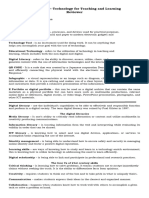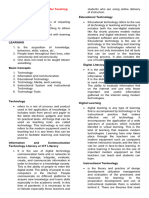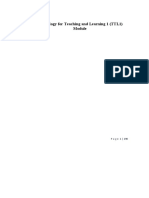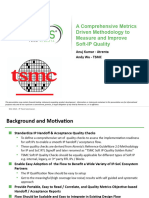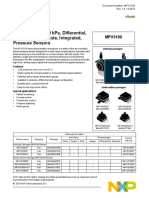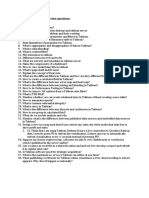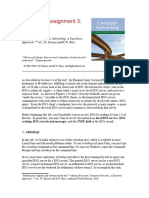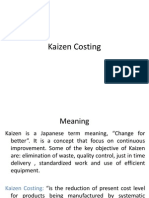0% found this document useful (0 votes)
13 views8 pagesTTL Module 4
The document outlines the use of technology in teaching and learning, focusing on flexible learning environments and online distance education. It describes various platforms for online learning, such as Google Classroom and Edmodo, and differentiates between synchronous and asynchronous learning methods. Additionally, it emphasizes the importance of a modern teacher's mindset in utilizing digital tools effectively.
Uploaded by
Janet BarreraCopyright
© © All Rights Reserved
We take content rights seriously. If you suspect this is your content, claim it here.
Available Formats
Download as DOCX, PDF, TXT or read online on Scribd
0% found this document useful (0 votes)
13 views8 pagesTTL Module 4
The document outlines the use of technology in teaching and learning, focusing on flexible learning environments and online distance education. It describes various platforms for online learning, such as Google Classroom and Edmodo, and differentiates between synchronous and asynchronous learning methods. Additionally, it emphasizes the importance of a modern teacher's mindset in utilizing digital tools effectively.
Uploaded by
Janet BarreraCopyright
© © All Rights Reserved
We take content rights seriously. If you suspect this is your content, claim it here.
Available Formats
Download as DOCX, PDF, TXT or read online on Scribd
/ 8
